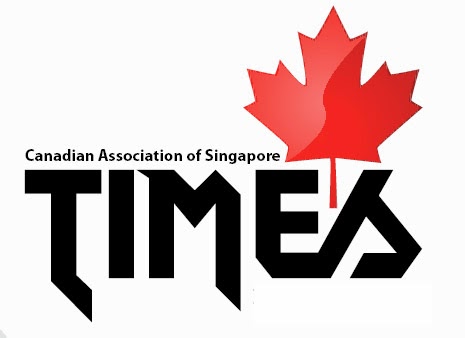
By Sandra Johnson, CAS Member
In May last year, Standard Chartered Bank’s new building at Changi Business Park was awarded the Platinum Green Mark Certification by Singapore’s Building and Construction Authority (BCA). This is the highest environmental award in Singapore, recognising projects that demonstrate a minimum of 30% energy and water savings as well as environmentally sustainable building practices and innovative Green features.
This first-of-its-kind office building integrates energy and water efficient features and is expected to reduce energy consumption by up to 36 percent compared to conventional buildings in Singapore. Another proud fact is that 20 percent of the plants across the building’s 70,000 square feet landscaping will be of the endangered variety, with educational areas focusing on a range of endangered plants and their practical, everyday uses as food and medicine.
Steve Riley, Project Director, Singapore Relocation Project, Standard Chartered Bank offers more insight:
Was the idea of designing a Green building the vision from the beginning, or did it evolve in the later planning stages of the project?
At Standard Chartered, minimising the impact of our business on the environment, especially in the area of energy consumption in our buildings, has always been an integral part of our company’s Sustainability agenda. As a policy, all new buildings we are involved in must incorporate environmental features as part of the overall design consideration.
Was it difficult to source energy efficient materials in Singapore? Are the materials readily available here or were they imported from abroad?
Most construction materials are imported into Singapore, and so they are energy efficient. However, this results in a slight increase in material costs and limited choices. We do however notice that, in recent years, the number of products available here and endorsed by the Building & Construction Authority have increased dramatically, both reducing the cost and increasing the Green choice. In addition, recycling capabilities are constantly being improved.
There were extra costs incurred to incorporate the energy efficient features. Was this difficult for management to approve?
Standard Chartered is committed to protecting the environment by reducing our operational environmental impact. This commitment also applies to our sustainable design strategy of buildings, where we aim to achieve efficiencies in resource consumption while minimising environmental impact. The Bank believes that having sensible Green designs in buildings usually leads to cost savings in the long run. We plan to incorporate sustainable building designs in our real estate to make Standard Chartered a great place to work, as well as creating a balance in economic objectives and environmental viability. Yes, there were additional costs, but these were offset by the reduction in energy and paper consumption, reduced waste and more efficient use of space. All in all, this means reduced long-term expenses for the bank for a minor initial capital spend.
What is your favourite feature of the building?
It will be the roof-top garden on Level 6. This a place which not only provides a Green feature for the building, but also a recreational space for staff to relax and unwind after a hard day’s work; thus enhancing work-life balance.
What a fresh idea!


